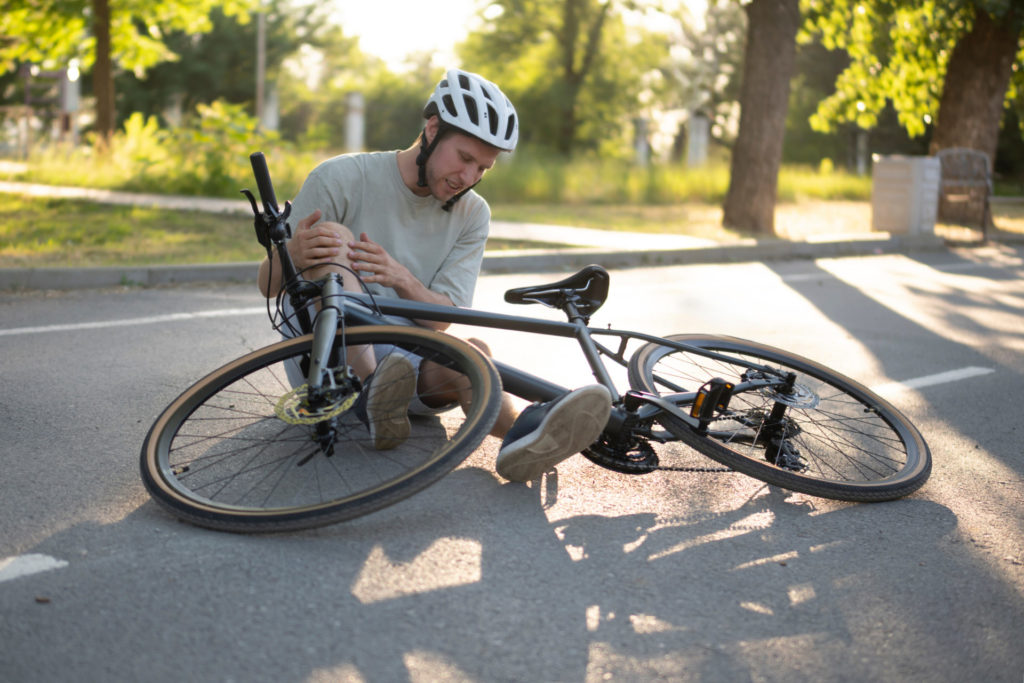Excellent experience start to finish – always very responsive to any queries and the turnaround on the property I was buying was very quick, even in the busy time leading up to stamp duty deadline. Jenny was always very helpful and went above and beyond to close on a short timescale.
Figures from the Department of Transport
Have revealed that the number of cyclists killed on British roads increased by 41% in 2020 from the previous year. In 2019, 100 cyclists were killed on British roads – compared to 141 in 2020. There was also a notable increase in the number of cyclists killed on rural roads, rising from 60 fatalities in 2019 to 86 in 2020.
These figures are all the more staggering when we consider that much of 2020 was spent in a national lockdown and under significant travelling restrictions. Roads were quieter, and at some times, completely empty. With less traffic about, it seems reasonable to assume that roads would be safer – so how can this dramatic increase in deaths be explained?
One reason is that the number of cyclists on the roads has also increased. Many people took up cycling as a hobby during the national lockdown, and more people used it as a mode of transport when commuting once restrictions had lifted. Prime Minister Boris Johnson actively encouraged people to walk or cycle to work in order to avoid public transport where COVID-19 could easily spread. In fact, the Department of Transport reported a 46% increase in the amount of pedal cyclist traffic in 2020. This should be celebrated as one of the positives of the lockdown, with cycling offering a healthier, more environmentally-friendly, COVID-safe alternative to driving whilst at the same time reducing the traffic clogging up busy roads.
However, this cannot be accepted as a satisfactory reason for why fatalities have increased so dramatically.
In theory, roads should have been safer for cyclists, with less traffic than pre-pandemic levels to contend with. However, a reduction in traffic may have had the opposite effect, with several police forces and cycling groups blaming drivers for taking advantage of quieter roads to drive dangerously. The RAC discovered that two-thirds of Britain’s police forces caught motorists speeding during the first 3 weeks of lockdown. These speeding offences did not occur just on motorways, but on urban and rural roads that were also experiencing a reduction in traffic. One force in North London reported a driver travelling at 134mph in a 40mph zone, and the highest speed recorded was 163mph on the M1 – 93mph over the national speed limit. It is no wonder that cyclists are being put at risk when having to contend with such unsafe road users.
Death or injury to a cyclist caused during a road traffic accident may give rise to a personal injury claim, where negligence and loss can be shown. At Davis Blank Furniss, our Personal Injury team have acted for a number of clients who have been injured in road traffic accidents whilst cycling.
If you have been affected yourself, or know anyone who has, call our offices on 0161 832 3304 (Manchester) or 01457 869 606 (Glossop), or email us on [email protected].
*This article was co-authored by Sarah Taylor who is a paralegal in the Personal Injury team.



